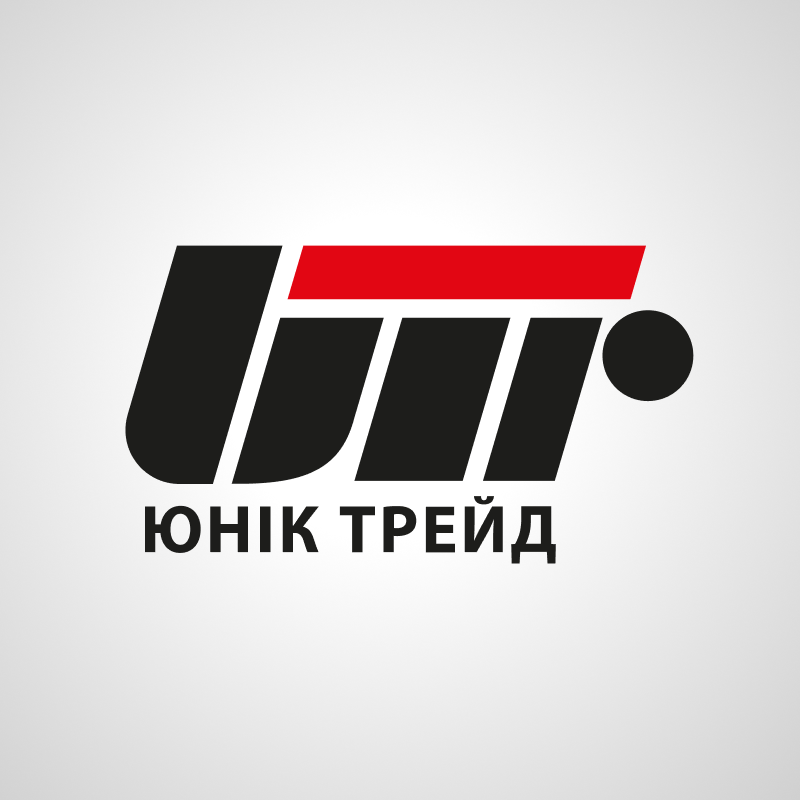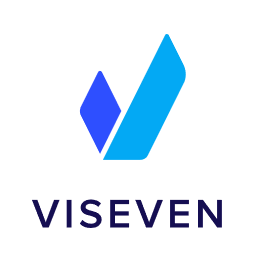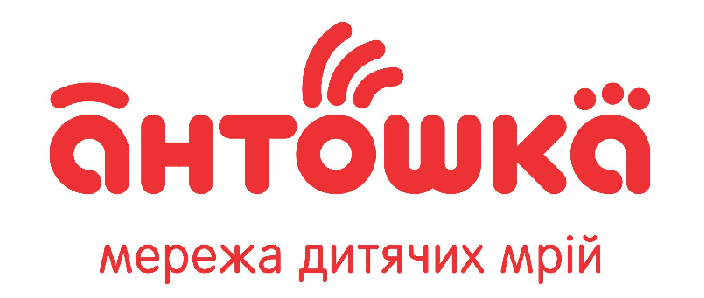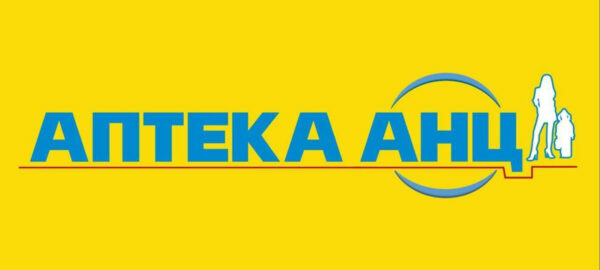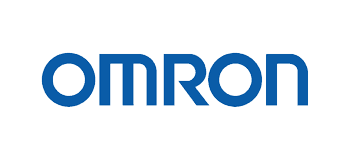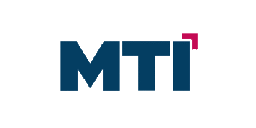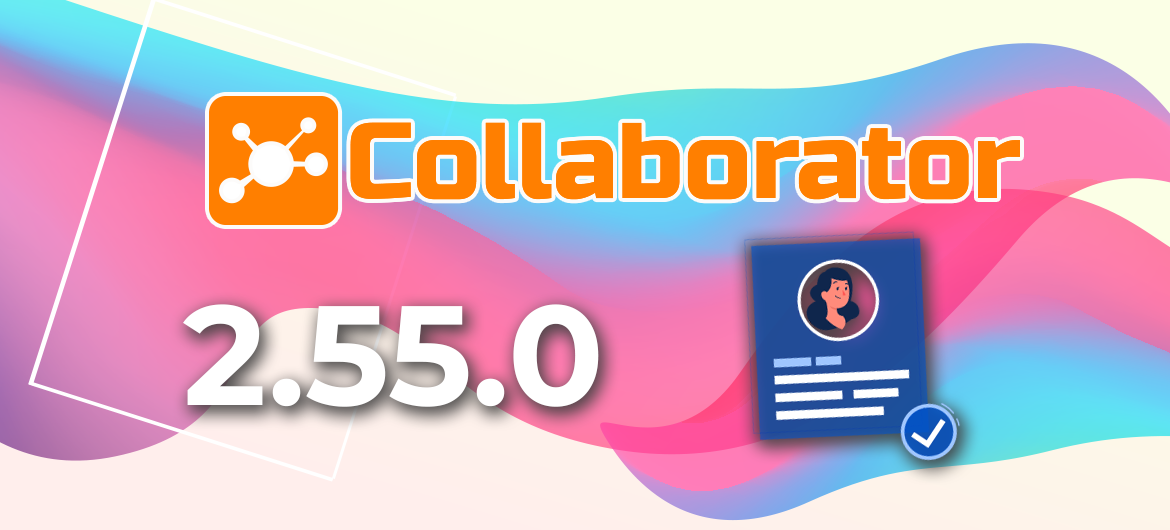
LMS Collaborator 2.55.0 – Position grades, current competency level, uploading external certificates and other updates
Meet the new version – LMS Collaborator v.2.55.0!
1. New in the user profile
1.1. Levels of positions
In large companies, employees may have the same job title but different levels of professional maturity and competencies. For example, a team may include a Junior Sales Manager, a Middle Sales Manager, a Senior Sales Manager, and a Lead Sales Manager. Although the position is the same – Sales Manager – their duties, responsibilities, and skills differ significantly.
Also, when assessing competencies within the same position, the requirements for different grades may differ. For example, for a Junior, it is important to know the product well, while for a Senior, it is important to be able to conduct complex negotiations.
In LMS Collaborator, you can specify the position level for each employee. This works similarly to other profile attributes, such as city, department, labels.
How does it work?
1. Create a list of grades for positions on the Users – Position levels page. For example, Junior, Middle, Senior, Lead.

2. Specify the grade when adding a new employee or editing a profile.

3. You can use the grade filter in the user table to help you quickly find employees of the right level, for example, to assign tasks.

In future updates, the grades can be used to create job profiles, which will allow you to further customize competency requirements and organize assessments according to the level of the position.
1.2. Current level of competencies in the position profile
Competencies are a set of knowledge, skills, abilities, values, and personal qualities required for an employee to work effectively. They are an important component for ensuring development, increasing productivity and achieving the company’s strategic goals.
In LMS Collaborator, you can maintain a corporate library of competencies, based on which you can create job profiles for employees and organize competency-based assessments.
Read more about creating a competency assessment in LMS Collaborator here
Now, in addition to the defined competency requirements for each position, an employee’s profile displays their current level of competencies after passing the assessment. This allows you to more accurately assess the employee’s progress in developing the necessary skills and compare them with the requirements for the position.

1.3. Downloading external certificates
In LMS Collaborator, employees can receive certificates for successfully completing tasks. They are automatically generated according to a specified template and appear in the user’s profile in the “Certificates” section. In addition, certificates are available for download directly from the task itself.
Read more about LMS Collaborator certificates
However, employees can also take additional external training outside the system and receive certificates for it. To keep all their certificates (both internal and external) in one place, they can upload them to their profile on the platform.

LMS Collaborator certificates
HR, L&D specialists and managers, in turn, can view not only the internal achievements of employees, but also get a complete picture of their development.
1.4. Archive of badges
Employees can receive badges for successfully completing training tasks in LMS Collaborator. The awards are collected in their profile, thus emphasizing their learning achievements.
All received badges will be automatically organized by year, which allows you to quickly find them and track the dynamics of educational progress. By default, your profile will display all awards, starting with the most recent ones. You can view badges received in the current year or go to the archive of previous years.

LMS Collaborator badges
1.5. Updates of badge and certificate pages
We have updated the pages with the badges and certificates received, making them more convenient and informative.
What has changed?
- Unified image sizes. All badges and certificates are displayed in a standard 16:9 aspect ratio (maximum size 160×90 px). This improves visual perception and makes the page more structured.
- The “Award for” signature has been added. If an award is issued for completing a task, this information will be automatically indicated. If a badge or certificate is assigned manually, the signature is not displayed.
- Displaying a description. A short description (up to two lines) will be displayed for each badge or certificate, which will allow you to quickly understand what the award was for.
- Optimized location of the date of receipt. The date of receipt is located below the award description, which makes the page more organized.
- Ability to remove external certificates. If an employee has manually uploaded a certificate, they can delete it if necessary.
- The button for downloading certificates has been updated. We made it more convenient and visible for users.

2. Statistics of attempts to pass SCORM resources
SCORM are interactive learning modules that can be uploaded to LMS Collaborator, tracked, and analyzed.
Now you can see how many times an employee has tried to complete a SCORM resource in the report on its completion. You can also view detailed statistics for each attempt: which sections they completed, how much time they spent, and what result they got.

This helps to understand how difficult SCORM was, whether employees had to go through the material again, and how quickly they learned the information.
3. Average result of the learning path
Learning paths in LMS Collaborator allow you to set up flexible learning routes adapted to different positions and roles. They can include both linear sequences of tasks and branched scenarios where the further path depends on the employee’s performance.
Read more about the learning paths here
The system automatically calculates the average result for all tasks of the trajectory and displays it in the report in the “Result” column.

Report on the learning path
This helps to see the overall level of learning, identify the topics that are most difficult to teach, and determine the next steps for employee development.
For example, the new managers’ training trajectory includes modules on product, sales techniques, and handling objections. If an employee has a high average score for completing them, they can move on to the next level of training. At the same time, if the score is low, the manager or HR can offer additional training.
4. Search and filter courses by author
If you need to quickly find a course you created or view courses by other authors, you can use the author search.

You can also filter courses by a specific author in the table. For example, to see how many courses they have created and when they created them. This is convenient for those who manage training and want to see how the system is being filled.
5. Budget limit in the development plan
LMS Collaborator development plans are an effective tool for organizing professional growth. They help to form a clear development path for an employee, track their progress, and analyze the results achieved.
A development plan can include both learning and personal tasks. For example, lists of recommended books to develop specific competencies, links to useful webinars, videos, or other resources for external learning.
To control training costs, you can now set a budget limit in development plans:

If you need additional external training, you can specify its cost in your personal tasks. The system will automatically summarize all expenses and show whether they fall within the set limit.

This is convenient both for the administrator, who can monitor budget expenditures, and for the employee. They can immediately see what development opportunities are available and whether they are eligible for additional training.
6. Customize the design of email messages
Automatic email notifications are one of the key communication channels of LMS Collaborator. They help employees not to miss important reminders, updates, or other messages, keeping them up to date with all important changes.
Now administrators have even more options to customize the look and feel of these emails. They can do so on a separate template settings page:
- Edit the top and bottom of your emails – for example, customize styles, change your company logo, contact information, or any other information.

- Add an image to any template to personalize different types of messages, adapting them to specific types of communications, such as deadline reminders, news, or system updates.

This way, they can easily change the design of emails without having to contact technical support.
7. Display data of blocked users in reports
In some cases, you need to analyze the training of not only active employees but also those who have already left the company. For example, you’re evaluating the effectiveness of an internship program to understand how well new employees are adapting and which programs need to be improved. Or you are preparing for an audit, where it is important to have a complete training history of all employees, including those who are temporarily absent and have left the company.
To get this data, you can enable the display of blocked users in reports in the Policies section of the portal.

This allows you to quickly get the information you need without additional technical support.
8. Management by Objectives (MBO) – Notifications for supervisors about the fulfillment of objectives
Management by Objectives (MBO) is an approach to management when management and employees jointly define their business and professional development goals and plan ways to achieve the
LMS Collaborator has a separate functionality that allows managers to set strategic goals and objectives for their employees, as well as monitor their implementation through the system. For example, a company can set a goal for an employee to improve sales results during the quarter. The manager sets specific tasks, such as the number of units sold or successful negotiations.

Management by goals in LMS Collaborator
The employee works on achieving these goals, and when they complete them, they can send a notification to the manager. To notify the manager when a goal is completed, the employee simply clicks the Send to curator button in their plan.

The supervisor receives an automatic notification with a link to the goal to check its fulfillment.

This simplifies the feedback process and allows supervisors to quickly assess the achievement of goals by employees without having to manually track their progress.
9. New message templates
9.1. Reminder of SSL certificate expiration date
An SSL certificate is an important part of website security that guarantees data encryption between the server and the user. It is important to keep track of the certificate’s validity period to avoid security issues and unpredictable resource outages.
If you are using your own SSL certificate, LMS Collaborator will check its expiration date daily and send a reminder to administrators 7 days before the expiration:

This will help you take care of certificate renewal in time and avoid security risks.
9.2. Congratulations on the anniversary of work in the company
In LMS Collaborator, you can congratulate employees on their anniversary through events and a special widget on the portal’s home page.
In addition, we have added a template to automatically send congratulations via email or messengers. The notification is sent by default at 9:00 a.m., but you can set a convenient time to send the greeting.

This is a great opportunity to celebrate important milestones in an employee’s career, increase their motivation, and help maintain a positive team atmosphere.
10. Setting up a password change for a specific employee
LMS Collaborator has an important feature that allows users to change their password when they first log in. When this option is enabled, employees must change their password after the first login, which provides an additional layer of security.
We’ve improved this feature to make it more flexible. Administrators can now enable it for a specific user when adding them to the system.

For example, you can create a temporary password for a new employee to give them access to the system. After that, thanks to the Change password after first login option, the employee has to change this password to a more complex and personalized one during their first login.
Read about the previous version of LMS Collaborator 2.54.0 here





